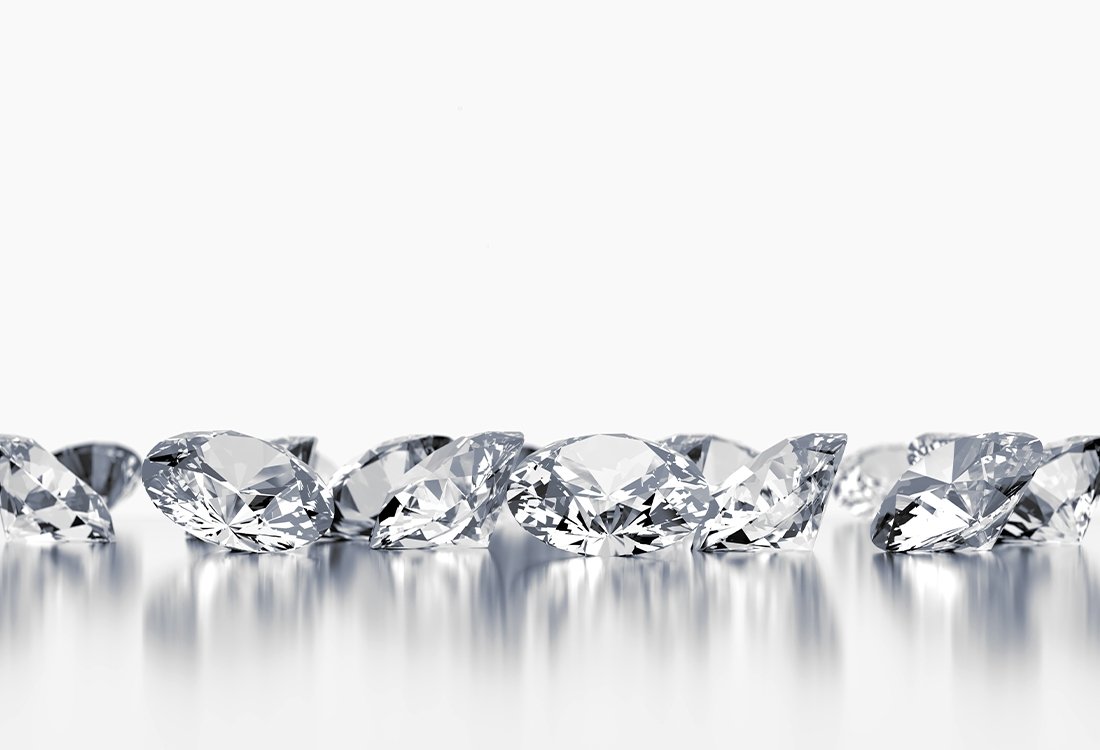Article: Why Choose a Moissanite Engagement Ring over a Diamond?

Why Choose a Moissanite Engagement Ring over a Diamond?
Why Choose a Moissanite Engagement Ring?
Moissanite is an excellent choice for an engagement ring. It’s durable, radiant, and full of sparkle. Among couples opting for a non-diamond engagement ring, Moissanite is the number one choice.
History of Moissanite
Moissanite was first discovered from a fallen meteor by Henri Moissan in 1893. Naturally occurring Moissanite is extremely rare, and predominantly found in outer space, which is why the gem is exclusively lab grown.
Durability of Moissanite
Moissanite has a 9.5 durability rating, making it the strongest gemstone on the market, other than Diamonds. This means that Moissanite rings are extremely durable, resistant to scratching and damage, and maintain their brilliance over many years.
The Moissanite Sparkle
Moissanite boasts a slightly higher light reflective and dispersion index compared to a diamond. Well-cut Moissanite features exceptional brilliance and fire, making them visually similar to diamonds, at a more affordable price.
Affordability of Moissanite
Moissanite is significantly cheaper than lab-grown diamonds, which are still considerably more affordable than natural diamonds. This difference in price can be attributed to several factors, including the abundance of silicon carbide (the material used to create moissanite) compared to the rarity of carbon (the element that forms diamonds).
As of May 2023, a 1-carat moissanite can cost around $500-$800, while a 1-carat lab-grown diamond can range from $1,500-$4,000. This means that moissanite can be up to 80% cheaper than a lab-grown diamond of the same size and quality.
Ethical Choice with Moissanite
Moissanite is generally considered a more ethical choice than natural diamonds due to its lab-created origin. Diamond mining can have significant environmental and social impacts, including deforestation, habitat destruction, and human rights abuses. In contrast, moissanite production does not involve these issues.



